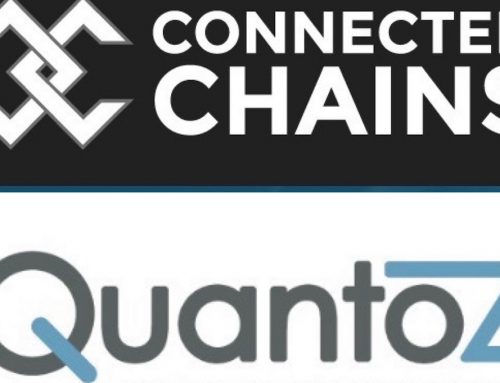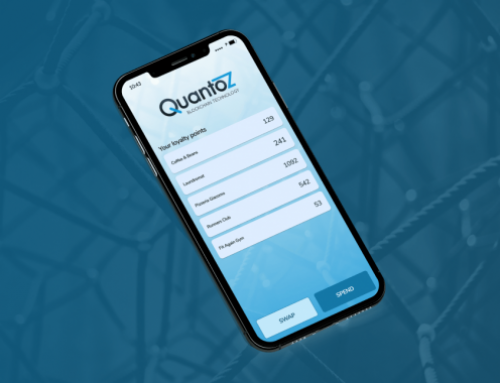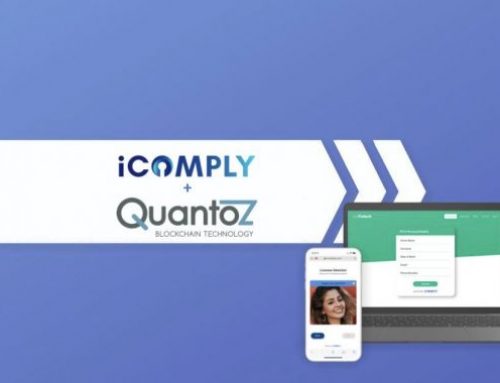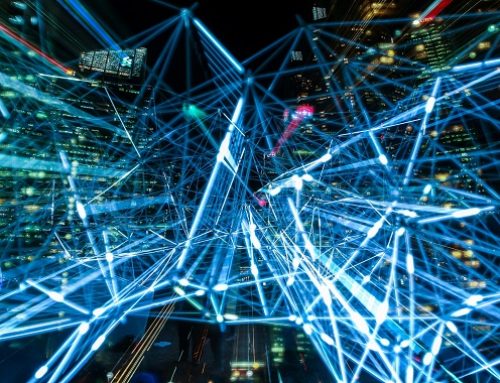The best way to explain what a circular economy is, is to compare it to our current linear economy. In our current economic system, we extract resources from our planet at an ever-increasing pace, and turn them into a product that we mostly dispose after use. From the perspective of an individual or organization, that seems efficient. However, zooming out to a global level shows how unsustainable this approach is.
In order for those same individuals and organizations to thrive, we need an economic system that operates within our planetary boundaries. A circular economy is one that is waste-free and resilient by design. It is a new economic model that is ambitious as well as practical. Designing the economy in a way that is restorative of ecosystems, ambitious with its innovation, and impactful for society, is a bold challenge but one that we believe is achievable.
In this article we specifically look at the possibilities that micro-payment technology may offer in stimulating sharing and temporary use instead of owning and disposing. In commercial terms: pay-for-use instead of pay-to-own. In in other words: “don’t own, enjoy”.
There are several benefits to such a model:
- less consumption of raw materials
- the tools and services that are shared will have a higher quality (compare the tools you can buy at the D.I.Y. shop with the tools you can rent over there)
- shared products need to last much longer than ‘consumption’ versions
- better quality also results also in a better user experience
- total cost of use is lower for the consumers
But currently a pay-per-use model is often not possible for micro-services of every-day appliances as the transaction costs or needed technology is too costly. As a result people keep buying low quality tools and services they rarely use.




